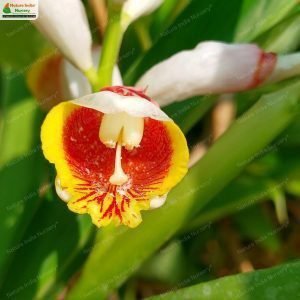Persicaria chinensis, commonly known as Chinese Knotweed, is a perennial herb native to East Asia, particularly China, Japan, and India. It belongs to the Polygonaceae family and is known for its ornamental beauty as well as its medicinal uses. The plant grows upright, with slender, branching stems that can reach up to 60-90 cm in height. The leaves are lance-shaped, green, and slightly glossy, while the plant produces small, dense clusters of pink to red flowers that bloom in late summer to fall.
Persicaria chinensis is often grown for its aesthetic appeal in gardens, particularly in moist, well-drained soils. It thrives in full sun to partial shade and is commonly seen in wetlands, along riverbanks, and in other humid environments. It can tolerate a range of growing conditions and is sometimes used as a ground cover in garden beds.
Habitat
This plant prefers moist, well-drained soil and grows best in partial to full sun. Persicaria chinensis is typically found in lowland areas, wetlands, and along watercourses, where it enjoys consistent moisture. It can be cultivated in a variety of settings, including gardens, wetlands, and near ponds, provided it receives ample sunlight and water.
Planting and Care
-
Light: Prefers full sun to partial shade. It thrives best with at least 4-6 hours of direct sunlight per day.
-
Soil: Grows best in fertile, well-drained, and moist soil. It can tolerate a variety of soil types, but it prefers slightly acidic to neutral pH.
-
Watering: Requires consistent moisture, especially during hot weather, but the soil should not remain waterlogged. It can tolerate some periods of dryness once established.
-
Maintenance: Prune the plant back in early spring to encourage new growth. It can also be divided every few years to prevent overcrowding and maintain plant health.
Additional Information
-
Persicaria chinensis has several medicinal uses, particularly in traditional Chinese medicine, where it is valued for its anti-inflammatory, antimicrobial, and antioxidant properties. It is often used to treat conditions like sore throat, fever, and digestive issues.
-
The plant is also used in herbal teas and in some cosmetic formulations for its soothing and skin-healing properties.
-
While Persicaria chinensis is not typically invasive, it can spread rapidly in ideal growing conditions, so care should be taken to monitor its growth in garden beds.
Note: Although generally safe for most people, it is important to consult with a healthcare provider before using this plant for medicinal purposes, especially in high quantities or concentrated forms.













